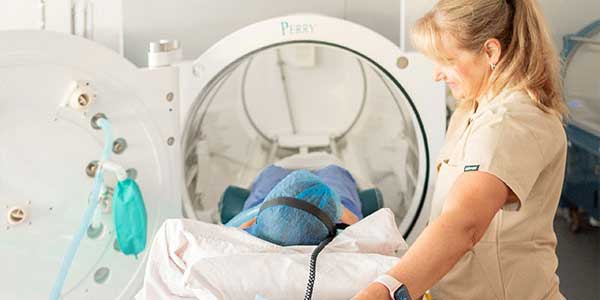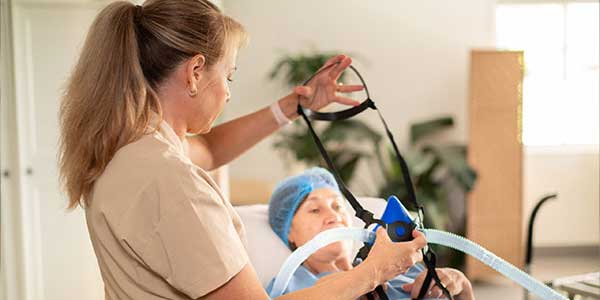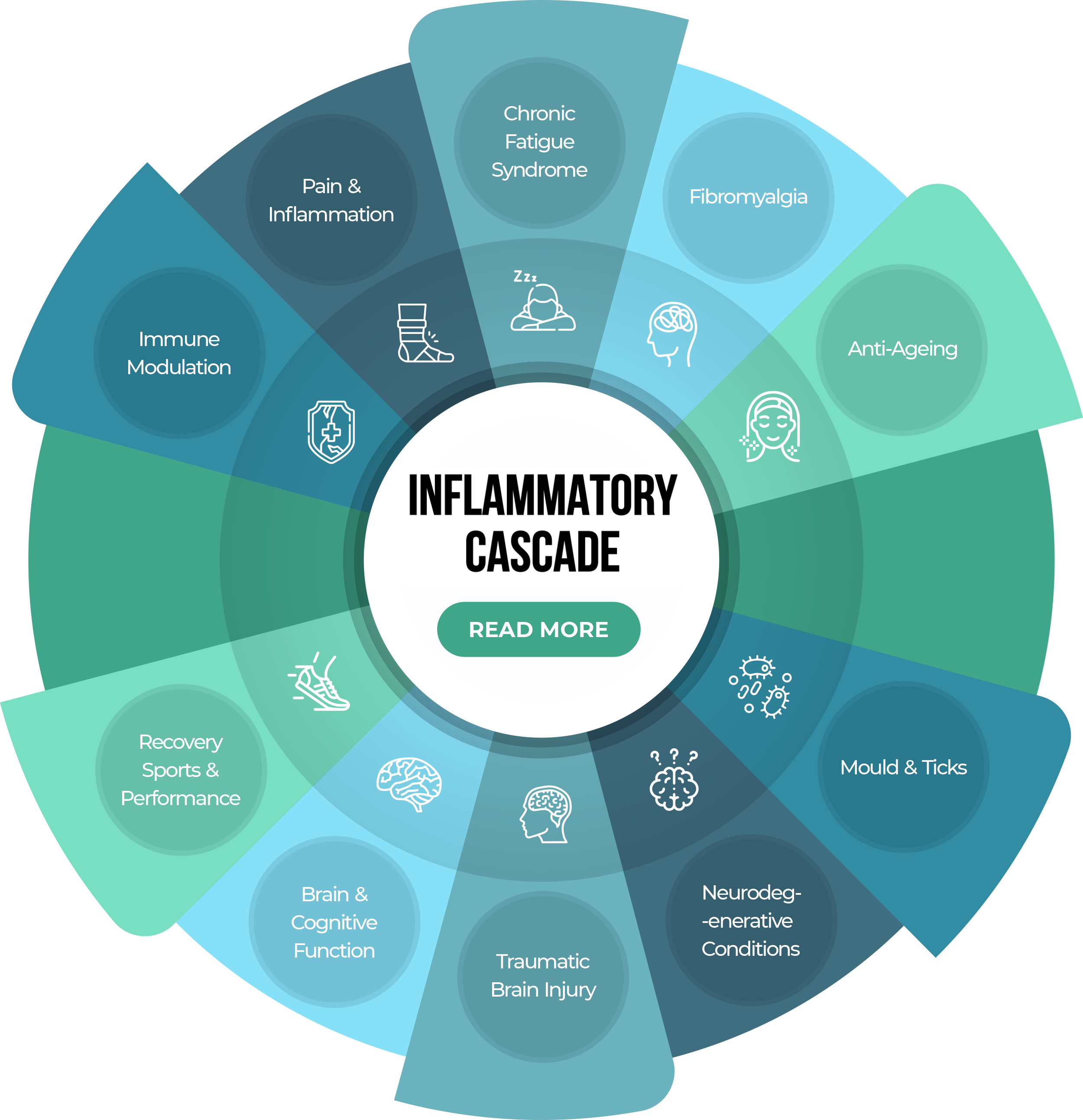Enhance your life with Hyperbaric Oxygen Therapy
body's natural healing processes.
What is hyperbaric oxygen therapy?
Hyperbaric Oxygen Therapy (HBOT) is a treatment used to increase the amount of oxygen reaching the bodies’ cells. It is administered by a patient spending time in a hyperbaric chamber and breathing pure oxygen (pressure above sea level 1 atmospheric pressure) the same sort of chamber as used to treat scuba divers suffering from the benz.
HBOT can be used as part of an integrated approach to patient care or it can be used as the sole treatment for a variety of conditions.

Hyperbaric Oxygen Therapy as an adjunctive therapy supports
Hyperbaric Oxygen Therapy may offer benefits to support overall wellbeing & specific health conditions where inflammation is a primary contributing factor. This therapeutic approach has been widely recognised for its potential in immune modulation, helping to bolster the body’s natural defence mechanisms. Additionally, HBOT is renowned for its capacity to enhance energy levels, providing a rejuvenating boost to individuals seeking increased vitality.
Immune Modulation
Chronic Fatigue Syndrome
Fibromyalgia
Pain & Inflammation
Anti-Ageing
Recovery — Sports & Performance

Traumatic Brain

Mould & Ticks

Neurode generative conditions

Brain & Cognitive Function

What Makes Oxygen 4 Life Unique?
Oxygen 4 Life is one of the most advanced multidisciplinary integrative wellness facilities in Australia.
We are dedicated to investigating the root cause of illness and using the most advanced integrative methods in a safe environment. Under the supervision of Dr. Reza Samvat, we utilise the benefits of Hyperbaric Oxygen Therapy (HBOT) to complement and enhance the healing process in both chronic and acute conditions. We also believe that adjunctive wellness therapies are critical to improving the quality of life.
Our healing-oriented wellness services are provided by our highly trained staff and practitioners. Our entire team is here to guide you in your wellness journey to help improve your quality of life. Some of the adjunctive therapies used to complement Hyperbaric Oxygen Therapy includes:
- Functional Medicine Assessment & Naturopathy
- Vitamin IV Drip
- Digital Thermography
- HOCATT Infrared Ozone Therapy
- Trauma Therapy
- Brain Mapping & Neurorehabilitation
- Electro Lymphatic Enhancement
- Functional Neurology
- Photobiomodulation/ Red Light Therapy/ Laser Therapy
- Intermittent Hypoxic Altitude Training
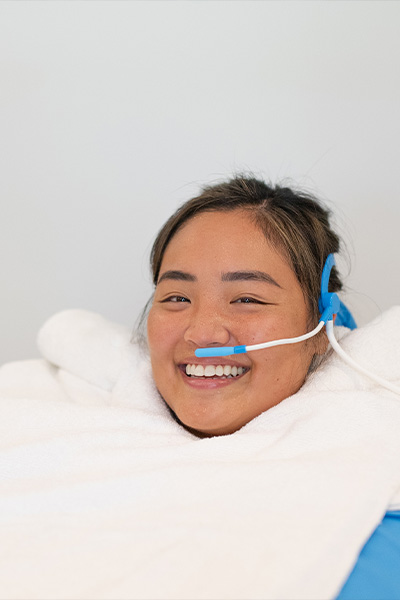
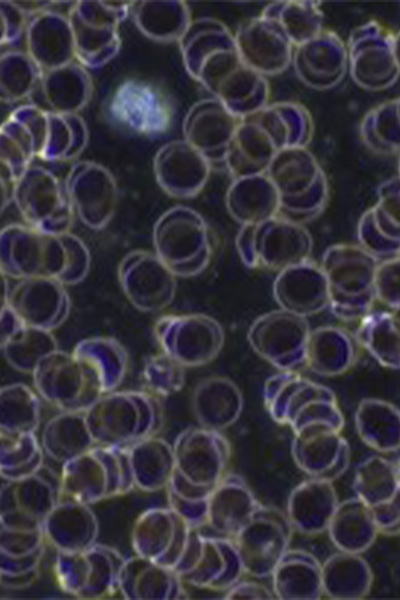
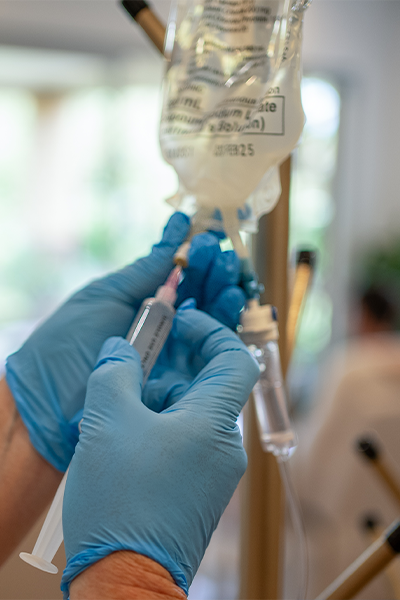
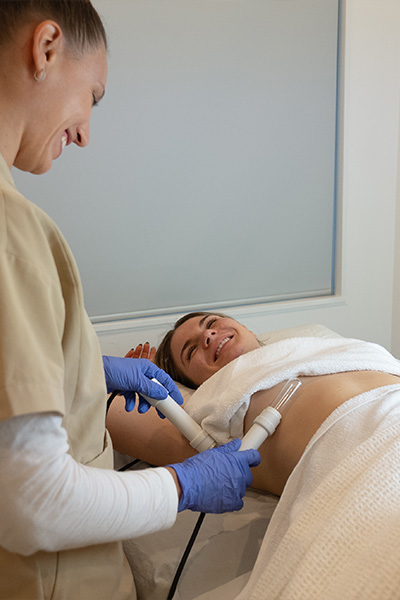
A typical soft chamber capable of creating up to 1.4 ATA. limited therapeutic benefits to the patient
Image of one of oxygen4life's hard chambers capable of creating pressures up to 3.0 ATA and more delivering full therapeutic benefits to patients

Not all Hyperbaric Oxygen therapy is created equal
Different illnesses require different treatment pressures. The “one size fits all” just is not so in a hyperbaric chamber because there is a distinct drug-dose response by the patient. In a hospital HBOT chamber, gas gangrene is treated at 29 psig (3 ATA) of 100% oxygen.
This provides the patient almost 16 times the partial pressure of oxygen of breathing room air at sea level. Diabetic ulcers respond to 19 psig (2.3 ATA) and heal quickly. Lyme disease and chronic fatigue syndrome patients need 2-2.3 ATA pressures to achieve a positive result. The inflatable chambers fail to deliver both the required treatment pressure and oxygen percentages for these health problems.
Some of the inflatable chambers are pressurised to a mere 4 pounds per square inch (“psig.”) or 1.5 ATA ,by adding 4 psig air pressure, the oxygen density (partial pressure) jump from 21% to 27%. Most neurological and orthopedic conditions including autism respond best to pressures between 1.7 to 2.0 ATA .
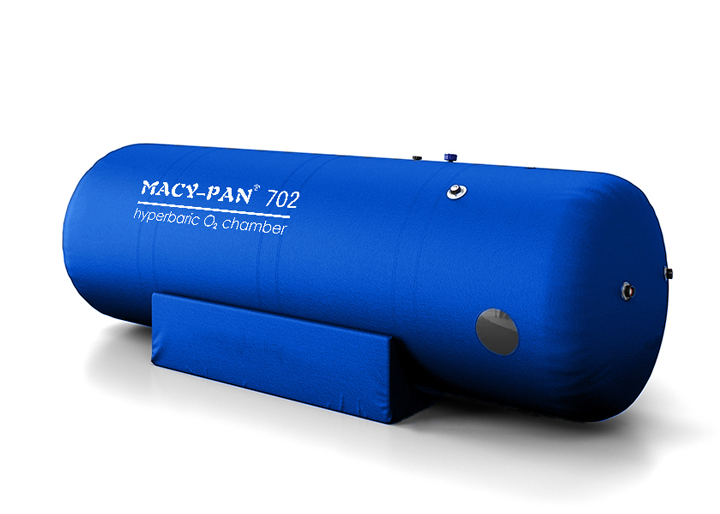
A typical soft chamber capable of creating up to 1.3 ATA. limited therapeutic benefits to the patient


